When Tabitha was a baby I was so concerned with wanting her to read early because I wanted to make sure she had a love of reading that my older children really don't have. She was reading at the age of 3 1/2 and is now reading at a second grade level just going into 1st grade. I have since realized that children don't have to be able to read early to have a love of reading; however, I don't feel we should neglect these early years when the children are sponges picking up everything. Such a wonderful opportunity to teach the building blocks of reading.
The first and most important tip which I have seen mentioned repeatedly, is to read to your child. When the girls were younger I read to them all the time. I had fallen away from that for a while as we were busy trying to get other things done. And I have found it difficult to fit reading in while taking care of the baby who would grab or swat at the books. However, we are once again adding reading into our daily routine.
I got some ideas for early literacy from a book called Native Reading by Timothy D. Kailing. The subtitle of the book is "How to Teach Your Child to Read, Easily and Naturally, Before the Age of Three." No, Tabitha wasn't reading before she was three years old, neither was Amelia (though she has been reading since she was 4 1/2). I also don't plan on Hannah and Harold reading before they are three. I do however, feel there are some wonderful tips in this book to help make literacy a fun and joyful experience leading to a lifetime love of reading.
Letter Recognition:
From an early age the children were playing with foam letters, letter blocks and magnetic letters. As it is stated in the book Native Reading, "By introducing letters early and by making them a normal part of your child's world, you are demonstrating that letters are an important part of the environment, that letters have a name and a meaning, and that they are worth paying attention to."
When we play with the foam letters in the bathtub I will pick one up and say the name of the letter plus the sound it makes. We will put them on the side of the tub and do the same thing. I also form them into words and sound them out, not even imagining that they will do so themselves at an early age, but just to show them that letters will form words. As they start to recognize the letters, I will ask them for specific letters and when we are done with our bath I will either name them one at a time or say the sound and see if they can pick up the correct letter to put away in the container.
As we build with the wooden alphabet blocks, turning them into towers and trains, we will name the letters and their sounds as well.
The children love playing with the magnetic letters on the refrigerator, though we have lost quite a few. We also use them for letter matching activities, for example I will write random letters on a piece of paper and attach it to a cookie sheet. The children will then match the letters, either upper case to upper case, lower case to lower case, or upper case to lower case. As they get older, they build words with them as well.
I also made some word magnets out of cardboard as playing with words is also one of the tips in the book. However, we didn't use them as much. We did however write words on paper and attach them to items around the house.
Phonemic Awareness:
We like to play a game that I learned at the Montessori to focus on beginning sounds of words. We try to think of words that start with a certain sound. I say, "I hear 'mmmm' when I say 'mmmmommy,' 'mmmmouse,' 'mmmmmoon.'" As the children get older they are able to add their own words.
And of course, we like nursery rhymes for learning about ending sounds/rhyming words.
Letter Crafts:
There have been years where we have made letter collages while working through Letter of the Week. I cut a letter out of construction paper and the children glue on
pictures that start with the letter. I can remember doing it with my older boys when they were younger and I think we did it in the toddler room of the Montessori. I use Google to search for images. If you
type in “__________ coloring page” you will find a bunch of images that can be
printed out. I just put them into my word processing program and shrink them
down to fit 6 on a page. The children then color them and I cut them out to be glued.
Other times we have made letter books, where one letter is focused on per book.
We have also made crafts using the actually letter to form an object. For example, when we did the letter m the "m" formed the mouse's ears, and when we made a squirrel the "s" was the tail.
Here is our c caterpillar:
And here is our h house.
Some other fun things we have done:
- One of the first things I remember doing with Tabitha was a special P lunch. Though I don't remember the specifics contents, I do remember it is what led to doing more intentional lessons with her. When we started doing Muffin Tin Monday if we were focusing on a letter the muffin tin would also feature the letter. You can see my ABC Muffin Tins here.
- Use playdough to form letters.
- Make or buy a set of sandpaper letters for a neat tactile experience.
Don't miss any of the posts in my Teaching Toddlers series:
Tuesday: Teaching Toddlers Reading Readiness
Wednesday: Teaching Toddlers with Montessori Activities
------------------------------------------------------------------------
Don't forget to stop by the other crew member's posts to see what they have to share.









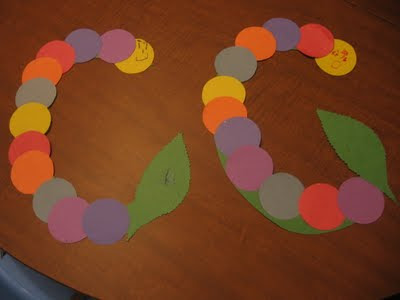






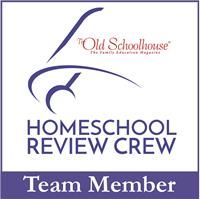
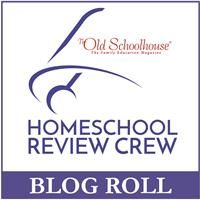











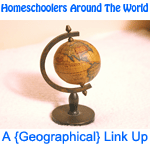

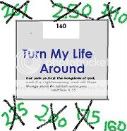
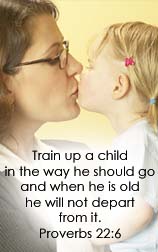



![[PREMIO2009.png]](https://blogger.googleusercontent.com/img/b/R29vZ2xl/AVvXsEjXD_Gx-wZ9EM5hXKrEYLksEBkYfRQtmb8VDVTDG_yyLggQoFIstZsh4zszdG20KqErZicRzEhiNYLty7j3IMXJYsABqkXjr8pp-ncj71xCbpxlXGbGpZq2fTuDQqq1RMKV4DPcDBnBViA/s1600/PREMIO2009.png)
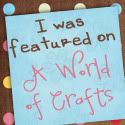
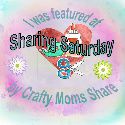


No comments:
Post a Comment
Thank you for visiting my blog today. I love to read your comments, so please leave me one if you have the time.
Blessings